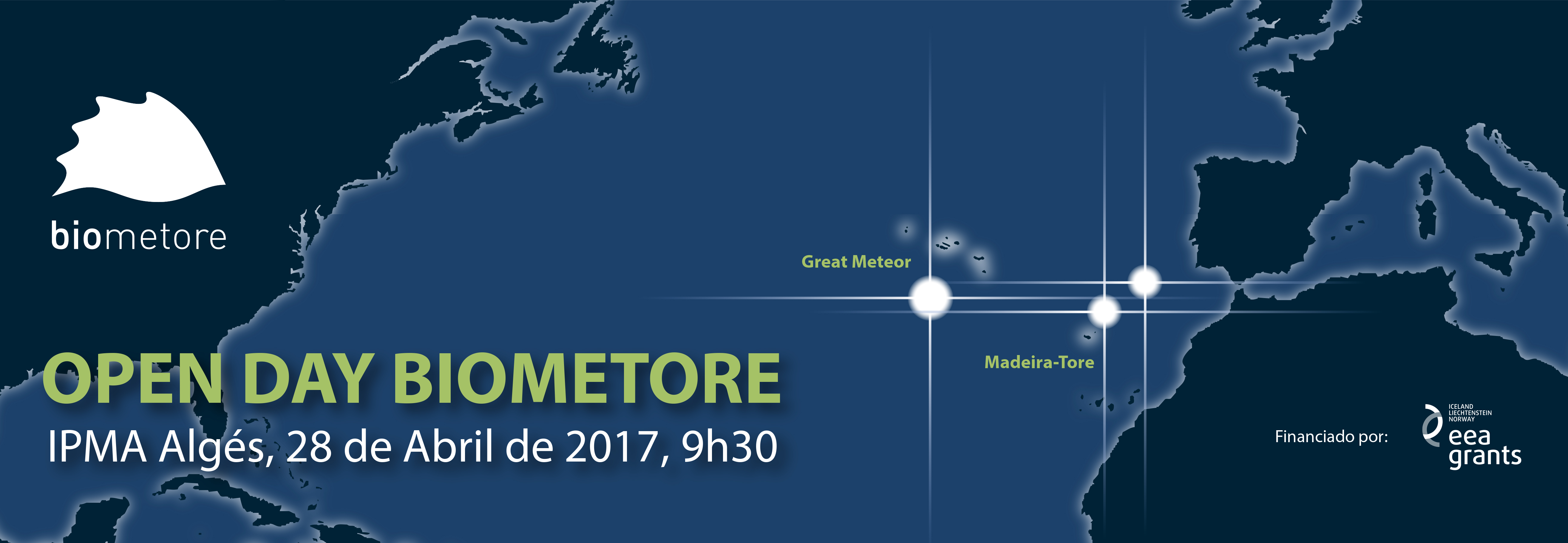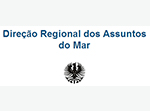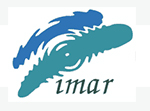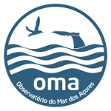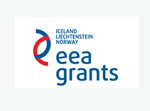Anthropogenic Pressures
Estimation of anthropogenic pressures
In the last decades of the 20th century a growing interest emerged in the development of fisheries based on the exploitation of deep-sea species. During this period, commercial fisheries considerably increased the fishing effort directed to species aggregated on seamounts, but there is no official comprehensive information about the type and intensity of fishing in these seamounts.
In particular those with shallow summits, such as the Gorringe, support fish stocks and are thus attractive fishing grounds. It is also known that there is a significant fishing activity carried out by the Madeira fishing fleet since long ago, in some of the areas to be studied, in particular around the Seine seamount, targeting tuna and black scabbard, and also, in a small scale, around Lion and Unicorn targeting the black scabbard. In the last decade, this fishery also expanded to the Grand Meteor area.
Shipping is another anthropogenic pressure potentially impacting the ecosystem and needs to be considered when assessing threats to marine biodiversity in the offshore environment and deep sea. Threats can be mostly associated with the dumping of litter, deliberate discharge of oily and chemical wastes, accidental spills, exchange of large volumes of ballast water, and noise pollution, among others.
There is a need to quantify and map the different pressures associated to the use of these vulnerable areas. At present, vessels activity in coastal areas or in the high sea is monitored through Vessel monitoring system (VMS), a geo-referenced tracking system for the activity of fishing vessels exceeding 12 m overall length, or Automatic identification system (AIS), mandatory for all fishing vessels over 15 m and ships exceeding 300 GT, engaged on international voyages, or those exceeding 500 GT and upwards, as well as passenger ships irrespective of their size. Both systems report vessel position and speed over time, with AIS reporting ship type and dimensions.
Possible applications of VMS data are the description of the spatial distribution of fishing effort; the analysis of fishers’ behaviour through the movement of vessels; studies on trawling impact (disturbance) and habitat sensitivity. Integration of VMS-effort distribution with landings information can be used to track distribution patterns of the target species.
Estimation of fisheries catch and bycatch in offshore seamounts
With the decline of shallow coastal waters resources, increasing demand, and new technology, fisheries have expanded offshore and into deeper waters. In particular, seamounts are among those "newly" targeted ecosystems. Using a global spatial algorithm that estimates catches within 20 km of known seamount positions, Watson et al. (2007) showed that global seamount fisheries catches may reach 1.2 million tonnes per year. Information on seamounts catch data in the North-East Atlantic can be hard to find because they are often reported by port of landing in the fleets’ home countries and their origin not attributed. However, since 2012, fishing vessels from the European fleets above 12 m are obliged to register and report electronically georeferenced information of catches by fishing set.
In this task, we aim at characterizing the fishing activities in terms of gears used, fishing operations in time and space, and catches on Josephine/ Gorringe seamounts by using observer’s onboard commercial fishing vessels. Additionally, we aim at using indirect methods to estimate fisheries catch in the remaining seamount regions under consideration. In the Seine, Unicorn and Lion seamounts some information gathered by observers onboard, from the data collection framework, may also be available for cross checking and validation of information obtained from indirect methods.
Impacts of bottom fishing on VMEs and litter distribution in offshore seamounts
Seamounts are known to host diverse communities of deep-water corals and sponges that form important habitats for many organisms. These communities have recently been included in the list of Vulnerable Marine Ecosystems (VMEs) in urgent need for protection (FAO, 2009). Coral and sponge bycatch has been reported for many deep-sea fisheries, including longline and trawls but the extent of such induced mortality remains to be assessed for many areas.
The impact of fishing activities on the deep-sea floor extends to another type of emerging threat for marine ecosystems. Recent studies have shown that fishing activities are also responsible for most of the litter found on seamounts, with potential long-term effects on the local benthic fauna.
The objective of this task will be to assess the level of fishing disturbance on benthic communities of offshore seamounts by linking the spatial distribution of fishing effort together with in situ data on the level of physical impacts to epibenthic communities and litter distribution.
promotor
partners
colaboradores
financiamento

